Are you experiencing issues with spawning a Jupyter Notebook in your Red Hat OpenShift Data Science environment? Does the server get stuck at 96% and the notebook pod return a warning message? If you're facing this issue, I recently encountered the same problem in a newly created OpenShift cluster, and in this blog post, I will explain the process I used to resolve it.
In my installation, I encountered a problem where the progress was halted at 96%. The pods were stuck, as seen in the following output:
127.0.0.1 $ oc get pods -n rhods-notebooks
NAME READY STATUS RESTARTS AGE
jupyter-nb-kube-3aadmin-0 1/2 InvalidImageName 0 22h 5s
When I described the pod, it returned an error message similar to the one below:
Warning InspectFailed 0s (x2 over 2s) kubelet Failed to apply default image tag ":py3.8-v1": couldn't parse image reference ":py3.8-v1": invalid reference format
Warning Failed 0s (x2 over 2s) kubelet Error: InvalidImageName
Normal Created 0s kubelet Created container
The warning message indicates that the default image tag could not be parsed correctly.
Solution:
RHODS uses pre-built notebooks that are pulled to the internal registry. If the registry is not running, it can cause issues with the spawning of Jupyter Notebooks. To resolve this issue, ensure the internal registry runs in the cluster before installing RHODS.
To check if the cluster has an image registry pod, run the following command in the terminal:
oc get pods -n openshift-image-registry
You should receive output similar to the following:
The image-registry pod is the one you're interested in. If it's not running, you need to deploy it. For a test cluster, you can use emptyDir, which is not recommended for a production cluster. To patch the config and deploy an image registry pod, run the following commands in the terminal:
oc patch configs.imageregistry.operator.openshift.io cluster --type merge --patch '{"spec":{"storage":{"emptyDir":{}}}}'
oc patch configs.imageregistry.operator.openshift.io cluster --type merge --patch '{"spec":{"managementState":"Managed"}}'
Outcome:
After completing these steps, I redeployed OpenShift Data Science from scratch and successfully created a Jupyter Notebook.

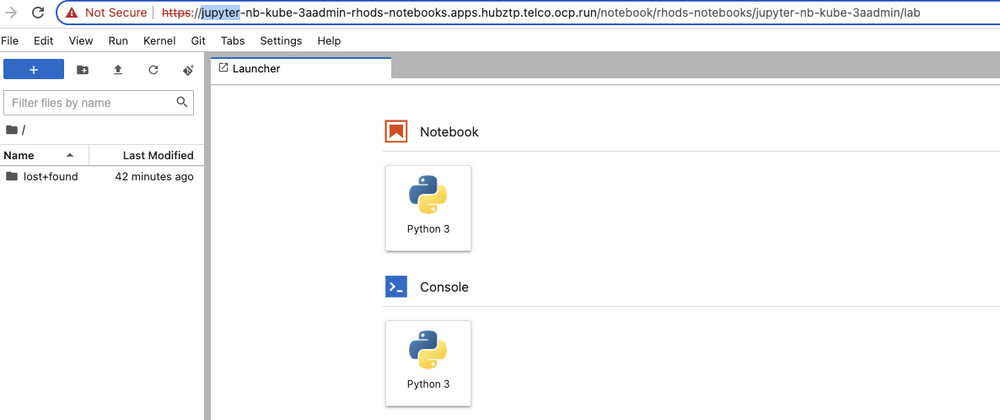
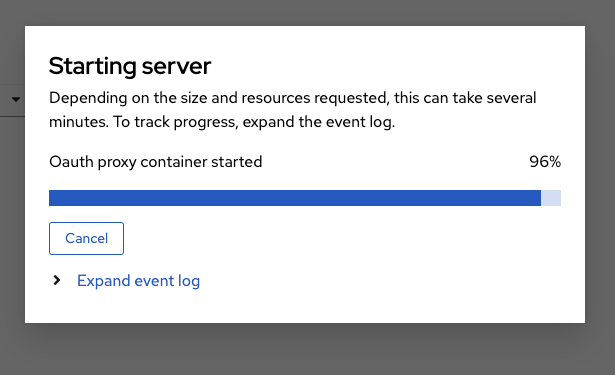
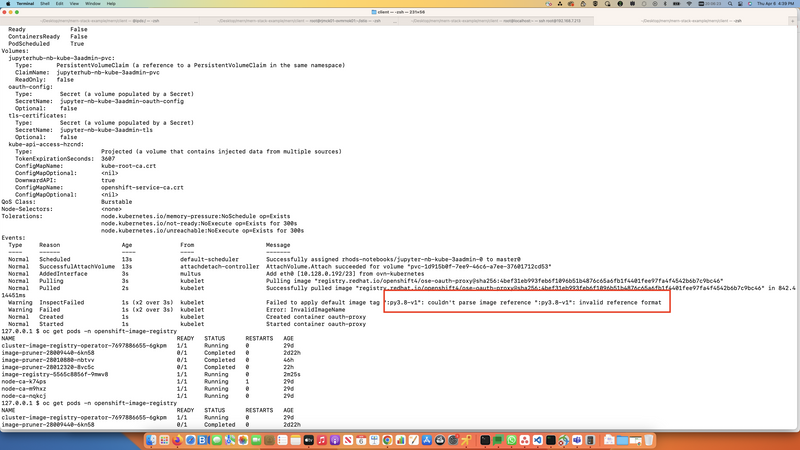
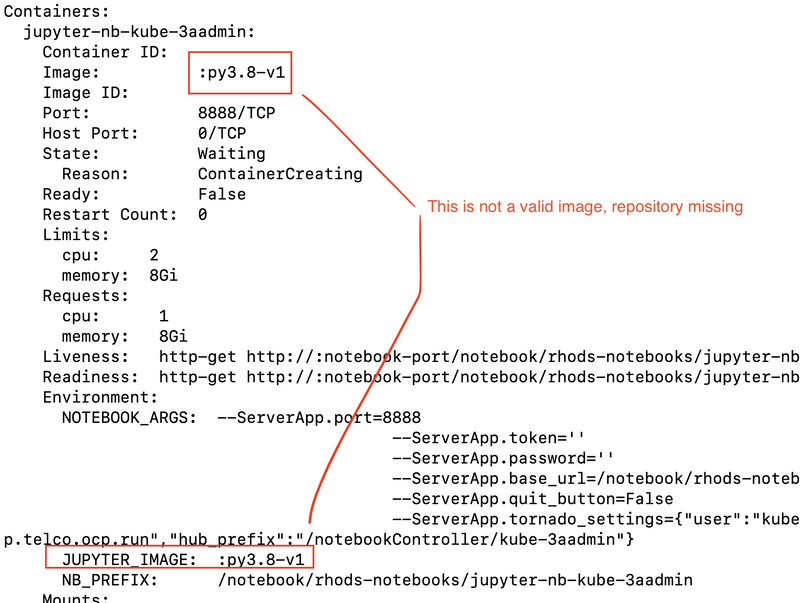


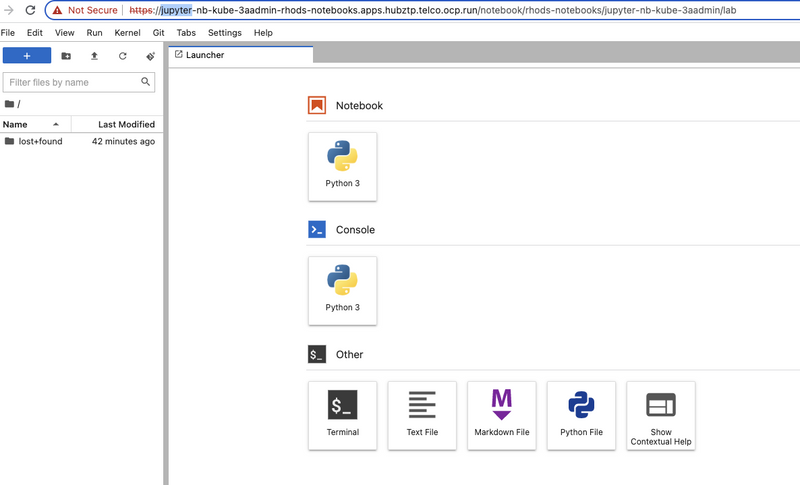


Top comments (0)